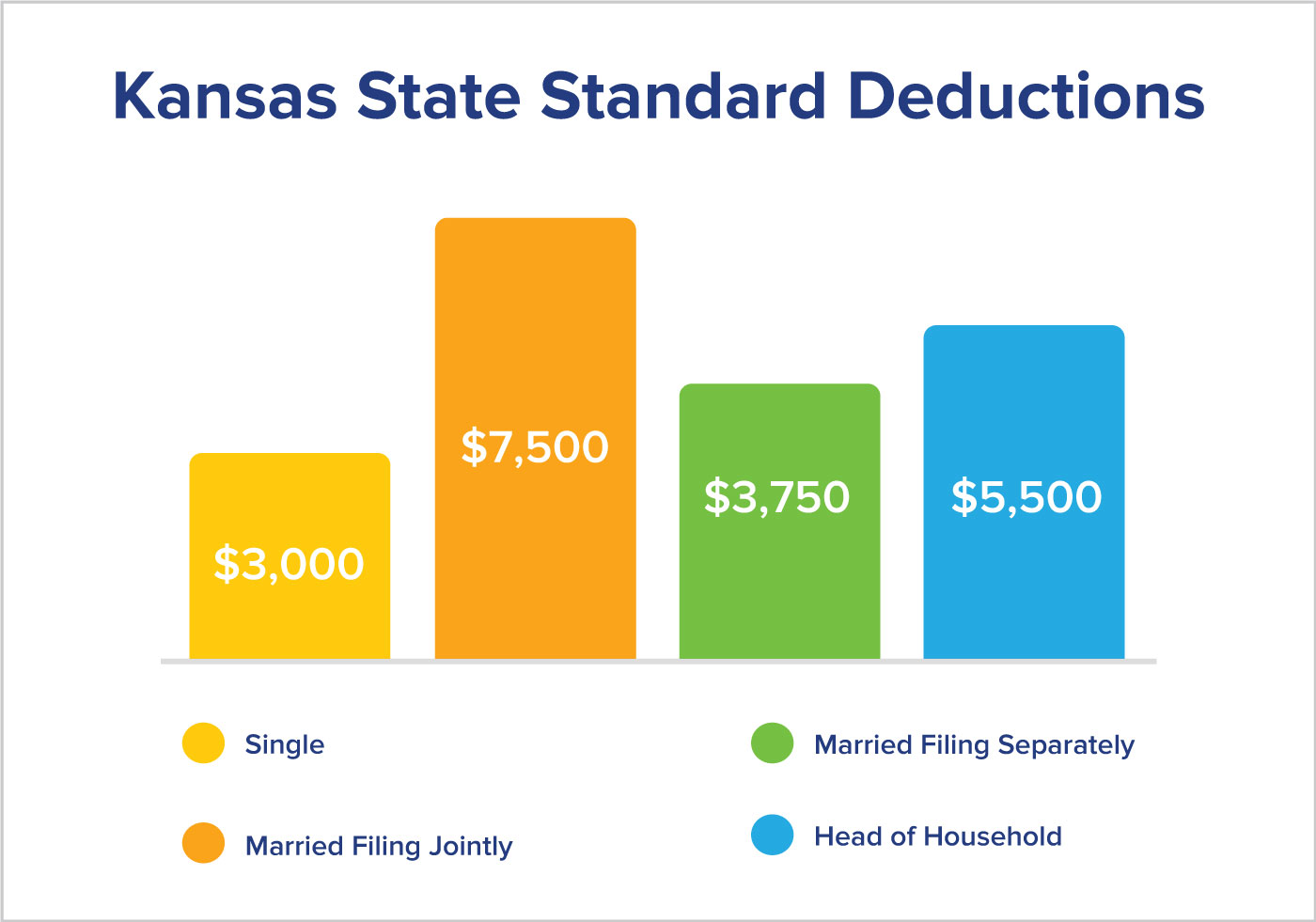Home>Finance>Overlay Definition In Portfolio Management, Pros & Cons


Finance
Overlay Definition In Portfolio Management, Pros & Cons
Published: January 5, 2024
Learn about overlay definition in portfolio management and the pros and cons in finance. Discover how this strategy can enhance your investment portfolio.
(Many of the links in this article redirect to a specific reviewed product. Your purchase of these products through affiliate links helps to generate commission for LiveWell, at no extra cost. Learn more)
Overlay Definition in Portfolio Management: Pros and Cons
In the world of finance, portfolio management plays a critical role in helping individuals and businesses optimize their investment strategies. An overlay, in the context of portfolio management, refers to an additional layer of investment strategies or holdings that are implemented on top of an existing portfolio. In this blog post, we will explore the concept of overlay in portfolio management, its pros and cons, and how it can potentially enhance investment performance.
Key Takeaways:
- An overlay is an additional layer of investment strategies or holdings implemented on top of an existing portfolio.
- Overlays can enhance investment performance by providing flexibility, customization, and risk management.
What is Overlay in Portfolio Management?
In portfolio management, overlays act as a complementary strategy that adds value to an existing investment portfolio. Rather than replacing the original holdings, an overlay is a way to enhance the portfolio’s performance by incorporating additional investment strategies without the need for significant portfolio realignment or restructuring.
An overlay can be implemented in various ways, such as through the use of derivatives, options, exchange-traded funds (ETFs), or even direct securities. The purpose is to fulfill specific investment objectives or strategies that are not optimally achieved by the original portfolio alone.
The Pros of Overlay in Portfolio Management
Implementing overlays in portfolio management can offer several advantages that improve investment outcomes. Here are some key benefits of using overlays:
- Flexibility: Overlays provide flexibility and agility in adjusting investment strategies without disrupting the existing portfolio structure. This allows portfolio managers to adapt to changing market conditions, exploit investment opportunities, and optimize investment performance.
- Customization: With overlays, portfolio managers can tailor their investment strategies to meet specific goals or requirements of the individual or business. Through customization, investors can align their portfolios with their risk tolerance, time horizon, and investment preferences, ultimately leading to better outcomes.
- Risk Management: Overlay strategies can be designed to manage risk and protect the portfolio against potential market downturns or volatility. By incorporating risk management techniques, such as hedging, diversification, or dynamic asset allocation, overlays can help safeguard the portfolio’s value and minimize potential losses.
The Cons of Overlay in Portfolio Management
While overlays bring numerous benefits to portfolio management, it’s important to acknowledge their limitations and potential drawbacks:
- Complexity: Implementing overlays can add complexity to the portfolio management process. It requires in-depth knowledge, expertise, and monitoring of the overlay strategy, as well as the underlying portfolio. The need for specialized skills and continuous monitoring may increase the overall costs and time commitment associated with portfolio management.
- Risk of Underperformance: Poorly executed overlays can potentially lead to underperformance or even losses. If the overlay strategy fails to align with the portfolio’s objectives or market conditions, the added investment layer may detract value rather than enhancing performance. Thorough research, analysis, and risk assessment are essential to mitigate such risks.
- Market Liquidity: Certain overlays, particularly those involving derivative instruments, may be subject to limitations in market liquidity. Illiquid markets can hinder the execution of overlay strategies or result in higher transaction costs, potentially impacting overall portfolio performance.
Conclusion
Overlay in portfolio management offers a powerful tool for enhancing investment outcomes, providing flexibility, customization, and risk management capabilities. However, it’s crucial to carefully assess the pros and cons before implementing overlays. Collaborating with experienced portfolio managers or financial advisors can help navigate the complexities and ensure the effective integration of overlays into investment strategies.
Remember, every investment decision should be based on a comprehensive understanding of your financial goals, risk tolerance, and investment horizon. By leveraging the benefits of overlays while mitigating their potential drawbacks, you can potentially optimize your investment portfolio and achieve your financial objectives.














